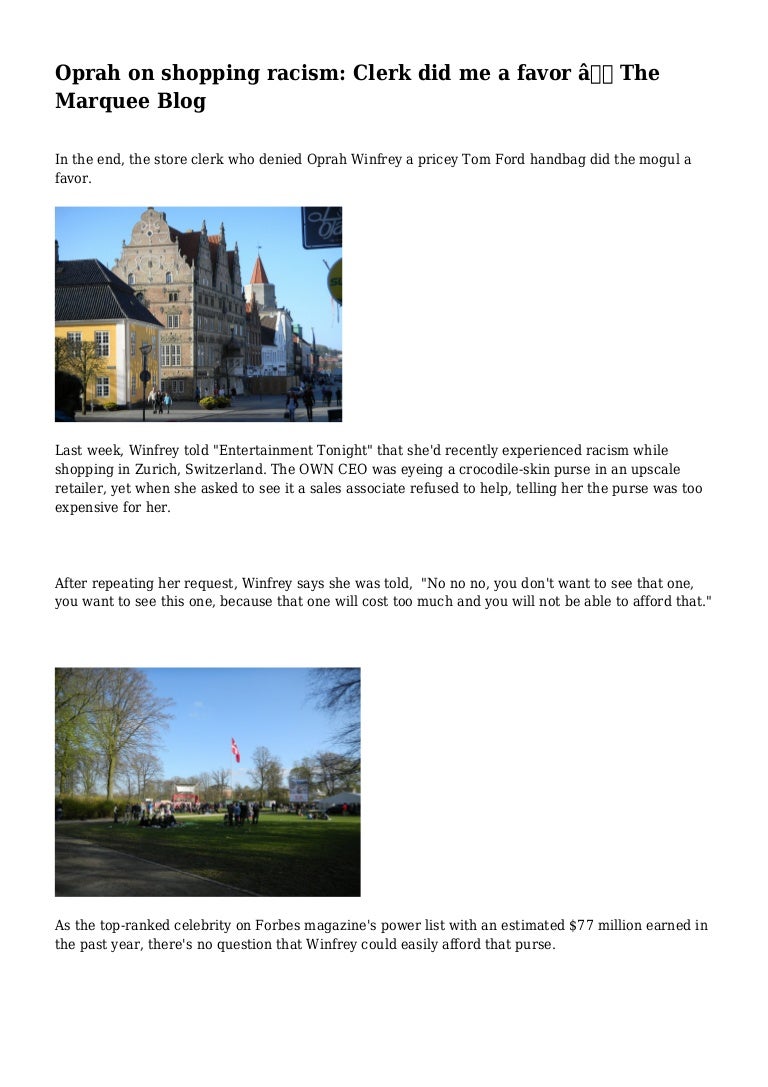

Ultimately, a purpose of educating is to build a community of trust that provides a space for brave if challenging dialogue that’s directed at changing the structure. Anti-racist leadership is initially a pull-you-along versus a push-you-along approach. Yes, principals must educate others, but thankfully, educating in this sense is to collaborate, to learn and create together. But to be anti-racist requires a personal commitment to ongoing reading and studying. Truly, principals are very busy people, and I understand they’d like me to hand them a neat package of “how to” knowledge even as I share as many resources as possible. Principals often politely nudge me for a hack to doing anti-racist work. The work also helps leaders become more empathetic and relatable.Įducate. Questions might include: When was the first time I encountered race? What was I thinking or feeling at the time? Where was I, and who was present? Have I thought about it since? This will be hard at first, but many principals report that it is an enlightening, even rewarding experience that clarifies their mission to effectively lead for equity. Ask yourself the deepest questions you can about who you are. Stretch your thoughts in a racial direction. Anti-racist work calls for practical application of anti-racist theory or in the words of educator and philosopher Paulo Freire, “ reflection and action directed at the structures to be transformed.” So, start with introspection. Here are three broad actions to get you started on your path to anti-racist leadership: You need your community in this work so remain open, humble, and curious. But defensiveness harms a principal’s ability to connect. I’ve even found myself saying lately in workshops: I was anti-racist when anti-racism was not cool. These flames are fanned nowadays in social-media spaces where one-ups on who’s the most anti-racist proliferate. And you may be tempted to react by morphing into a self-proclaimed, self-righteous anti-racist leader overnight. True, resistors can sting us deeply when we are in vulnerable places of learning new, difficult content. Pointing out the faults of colleagues who resist anti-racism or make insensitive comments while failing to see your own attachment to racist notions is a slippery slope you want to avoid. But we lead with who we are, so knowing yourself is key to being able to influence others. Doing good requires you to engage in ways that challenge you to develop even when it’s not comfortable. Doing good means you start the work today with an anti-racist learning community to determine what should be done. Another familiar nonracist response is this: “I need to be good at this equity work before I can really start doing it.” For example, a nonracist principal hears students being called the n-word in school but decides to do nothing. It’s a passive stance in both language and practice that demands no action to dismantle inequitable systems. It’s not enough to say (or think): “I am a good person because I don’t speak those nasty racial epithets like a 1960s bigot.” I call this kind of a position “nonracist” leadership. To have impact as an anti-racist school leader, a principal must abandon the idea of merely being good and start doing good. She supports and shares power with her staff, youths, and families, especially people who have been deemed “minorities.” In those ways, she strengthens a sense of belonging and encourages contributions from across her staff, helping to make the school a place of both equity and excellence. Martin Luther King Jr., “The time is always right to do what is right.” With that perspective, the anti-racist principal works to dismantle racism in schools.

An anti-racist principal’s work must rest upon a strong moral foundation. An anti-racist principal is alert to unequal outcomes since she knows that race- or culture-neutral policies are not enough to level opportunities across racial, cultural, and linguistic groups. An anti-racist principal commits to seeing how race is used to isolate, disadvantage, and make power inaccessible to Black people and other people of color in schools. What does anti-racist school leadership look like? And why would you, a principal, want to pursue it? These are questions at the heart of my longtime work with school leaders.


 0 kommentar(er)
0 kommentar(er)
